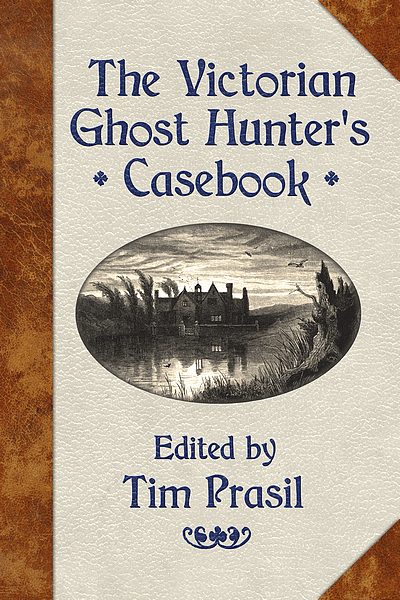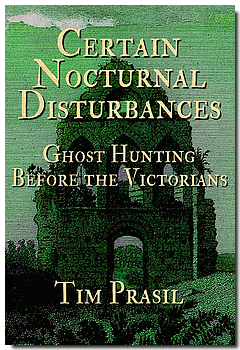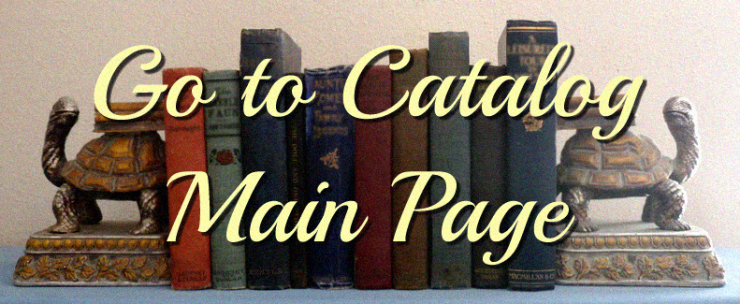
Untraceable whispering voices.
Gnome-like spirits who walk through walls.
A room that glows with an eerie, life-draining light.
Disembodied footsteps that climb stairs but never descend.
A house with doors that open by themselves—even when locked.
After a period of strong skepticism among writers and intellectuals regarding the reality of ghosts, the Victorian era (1837-1901) revitalized interest in seriously exploring houses and other locations alleged to be haunted. The paranormal investigators, including Charles Dickens and Arthur Conan Doyle, chronicled their methods and discoveries. Equipped with little more than candles, patience, and perhaps a flask of brandy, these men and women laid a foundation for the ghost hunters of today.
The Victorian Ghost Hunter’s Casebook presents some of the most intriguing, most frightening, and most charming of the chronicles left behind. Ghostlore scholar Tim Prasil provides an Introduction about what motivated the Victorians to investigate spectral manifestations, along with the history of ghost hunters that preceded them. He also provides enlightening details on twelve ghostly cases located in Britain, and an Appendix with two more ghost hunts held in the United States during the Victorian era.
BOOK DETAILS
Ghostlore/History
ISBN-10: 1948084074
ISBN-13: 978-1948084079
$18.00 US
216 pages, trade paperback
REVIEWS
Ciaran Farrell, reviewer for the Society for Psychical Research, writes:
Tim sets out a very useful introduction to each of the fourteen cases he faithfully reproduces in his book from good historical sources, and his use of interesting and informative footnotes guide the reader through each case where the original author makes reference to matters or events that would be confusing or obscure to a modern reader. … I would recommend Tim’s book as a good read. It is also important from both a historical and ghost hunting perspective, as much can be learned from the way psychical research has developed and evolved alongside the methodology of ghost hunting, and the investigation of haunted houses.
Alex Matsuo, of The Spooky Stuff website, includes The Victorian Ghost Hunter’s Casebook among the “10 Ghost Hunting Books You Need to Read.” Alex comments:
Back in the Victorian era, people were absolutely fascinated by ghosts and the supernatural. It’s important to know why Victorians were ghost hunting. This is because it gives us so much context as to why we do what we do today.
READ THE INTRODUCTION
To get a sense of Certain Nocturnal Disturbances: Ghost Hunting Before the Victorians, here’s a .pdf version of the introduction:
The Victorian Ghost Hunter’s Casebook Introduction
(Scholars: despite appearances, the pagination here is different from the actual book, so cite this source as a .pdf retrieved online.)
THE CASES
Fourteen cases make up The Victorian Ghost Hunter’s Casebook. Some include follow-up investigations, and some consist of a pair of investigators chronicling their shared experience in very different ways. Here’s a summary of what you’ll find in the book:
- Case 1 offers an early account of two men brave enough to explore a room that casts an eerie, life-draining light.
- Case 2 presents two chronicles of an investigation of the famous haunted house at Willington, England. Here’s the first instance of two ghost hunters disagreeing about what they experienced.
- Case 3 reprints a narration of the only ghost hunt conducted by Catherine Crowe, author of The Night-Side of Nature, which is one of most important compendiums of “true” ghost stories ever written.
- Case 4 gives readers three interrelated chronicles about encounters with gnome-like spirits. These entities assist miners during the day and, wrapped in light, walk through walls to enjoy their company at night. I found this to be one of the most bizarre yet engaging chapters in the book.
- Case 5 reviews a controversy inadvertently inflamed by Charles Dickens, after he attempted to locate a house alleged to be haunted.
- Case 6 involves a poltergeist reputed to be plaguing the residents of an Irish cottage.
- Case 7 displays how, back in the day, the Society for Psychical Research handled an examination of a potentially haunted house.
- Case 8 presents an essay that uses the writer’s stay at haunted Hampton Court Palace as a touchstone to discuss prominent theories of ghosts. I was especially fascinated by the theory that ghosts are a product of telepathy — maybe between the living and the dead — instead of manifestations of earthbound spirits.
- Case 9 is similar to Case 2 in that it showcases two very different views of a ghost hunt. This time, though, one of the investigators if none other than Arthur Conan Doyle, the creator of Sherlock Holmes!
- Case 10 illustrates how journalists were occasionally called upon to act as ghost hunters. The article’s topic is a castle in Wales where, once upon a time, ghosts were reported to roam.
- Case 11 involves a travel writer journeying to a rural village to achieve his life-long goal: to witness a ghost!
- Case 12 is set in Torquay, England, and tells a captivating yet unsettling story about a probe into a haunted house there. The events of this chronicle occurred somewhat after the Victorian period, but the chronicle reveals how the practices and theories of that period survived into the 20th century.
- The Appendix offers two American ghost hunts, one near Philadelphia, Pennsylvania, and the other close to Richmond, Virginia. Both fascinating chronicles reveal the hurdles that thwarted ghost hunters of earlier years.
MORE HISTORICAL GHOSTLORE
Interested in the long history of ghosts and ghost hunting? Please consider these non-fiction books:



